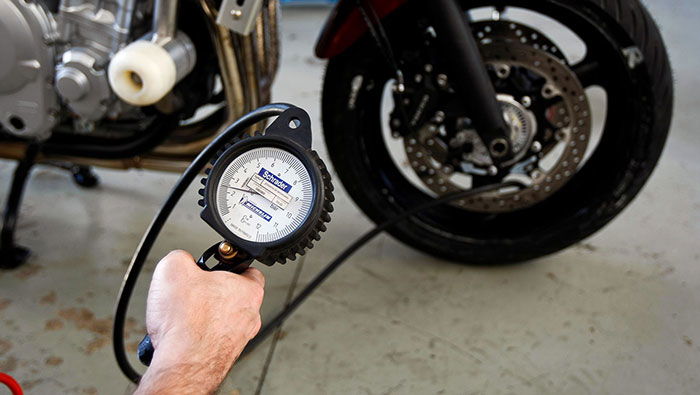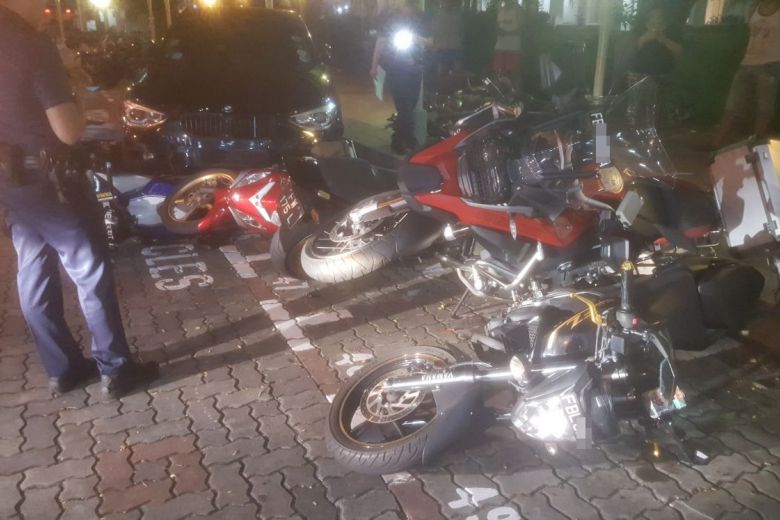Top ten ways to fail your MoT
Chances are if your bike doesn’t pass, it’s down to something stupidly simple…

Bikes are more likely to pass their MOT tests than any other type of vehicle on the road. Basically we’re all enthusiasts, so it’s rare to find a motorcyclist who lets their bike deteriorate to the point where it can’t make it through the annual test.
The latest figures from the DVSA show that just 17.7% of bikes fail the MOT, and nearly half of them are fixed and passed within an hour of that original failure. So of the 1,011,080 bikes that took MOTs during the last year, only 103,734 didn’t leave the test station with a pass. That’s 10.3%. In comparison, more than a quarter of all cars and vans (26.8%) don’t get their certificate, and that rises to 35.9% when it comes to goods vehicles between 3000kg and 3500kg (figures for HGVs over 3500kg are measured separately).
But even though we do well in terms of MOT passes, checking out the figures for why bikes fail shows that it would be child’s play to make even more pass at the first attempt.
Those bikes that did fail had, on average, 1.96 defects each, all from the 10 categories listed here…
10: Sidecars – 0% failure rate
OK, so there are only ten failure categories altogether, and it’s little surprise to see ‘sidecars’ as the least common reason not to get a pass. In fact, the DVSA figures only give percentages to two decimal places, and 0.00% of all tests were failed due to some problem with their sidecar. The chances are that you don’t have a sidecar, so let’s move on…
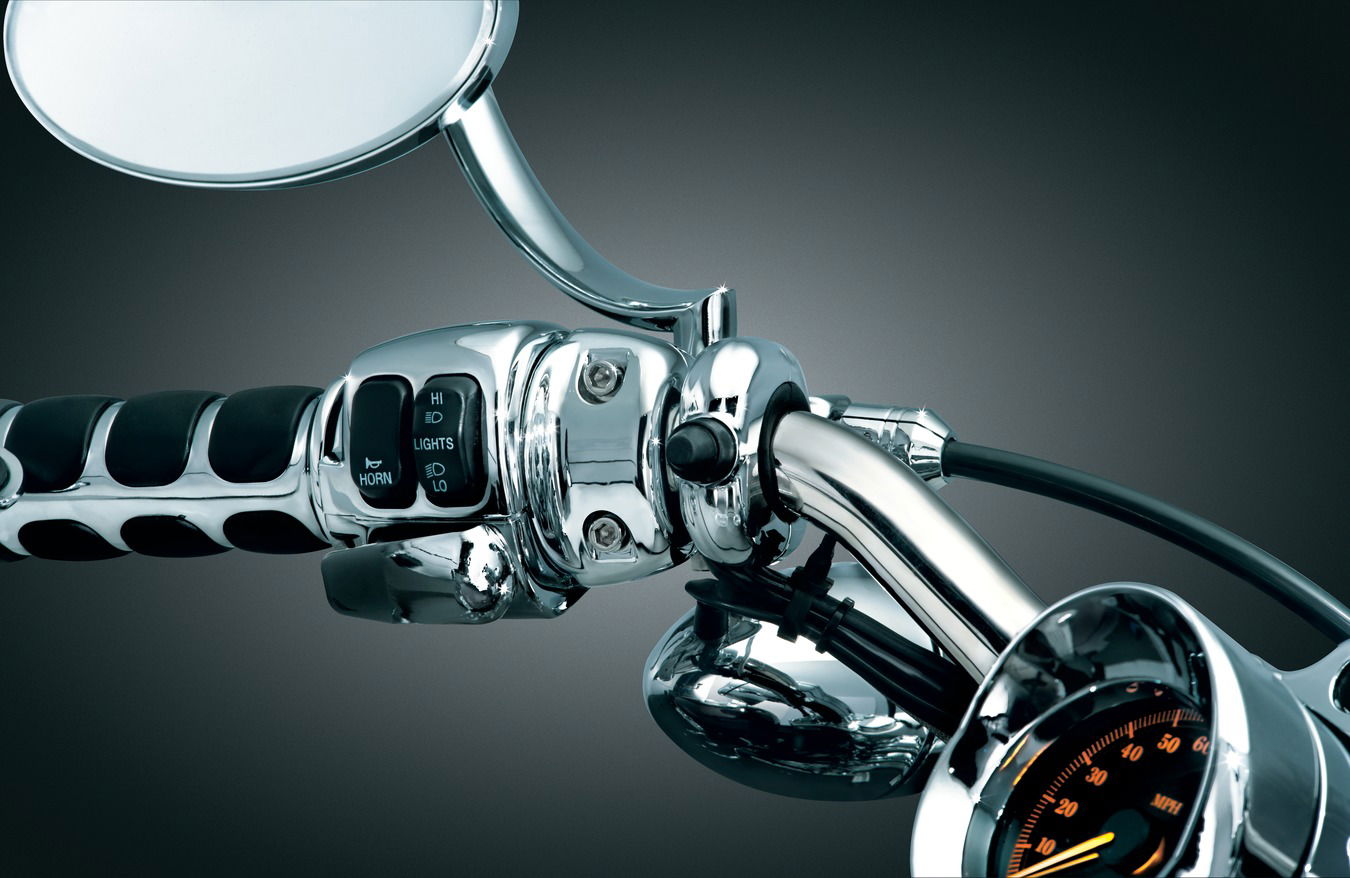
9: Driving Controls – 0.4% failure rate
Given that quite a few of a bike’s controls – brakes and steering, for instance – are covered by their own sections of the test, there’s not a lot left to fail on here. So it is little surprise that only 0.4% of fails are down to ‘driving controls’. They’re also the sort of thing that you’re likely to notice. Basically, if stuff like the engine cut-out switch doesn’t work, get it fixed before taking your bike in for the test.
Top ten ways to fail your MoT - page two
8: Body and Structure – 0.8% failure rate
On cars, this is one of the biggies – it’s the bit of the test where stuff like rust can lead to a fail. But for bikes it’s not such a big deal. Make sure your engine mounts aren’t on their last legs, that the footrests aren’t hanging off and that there are no horrifying cracks in the frame and you’ll probably be OK on this one.
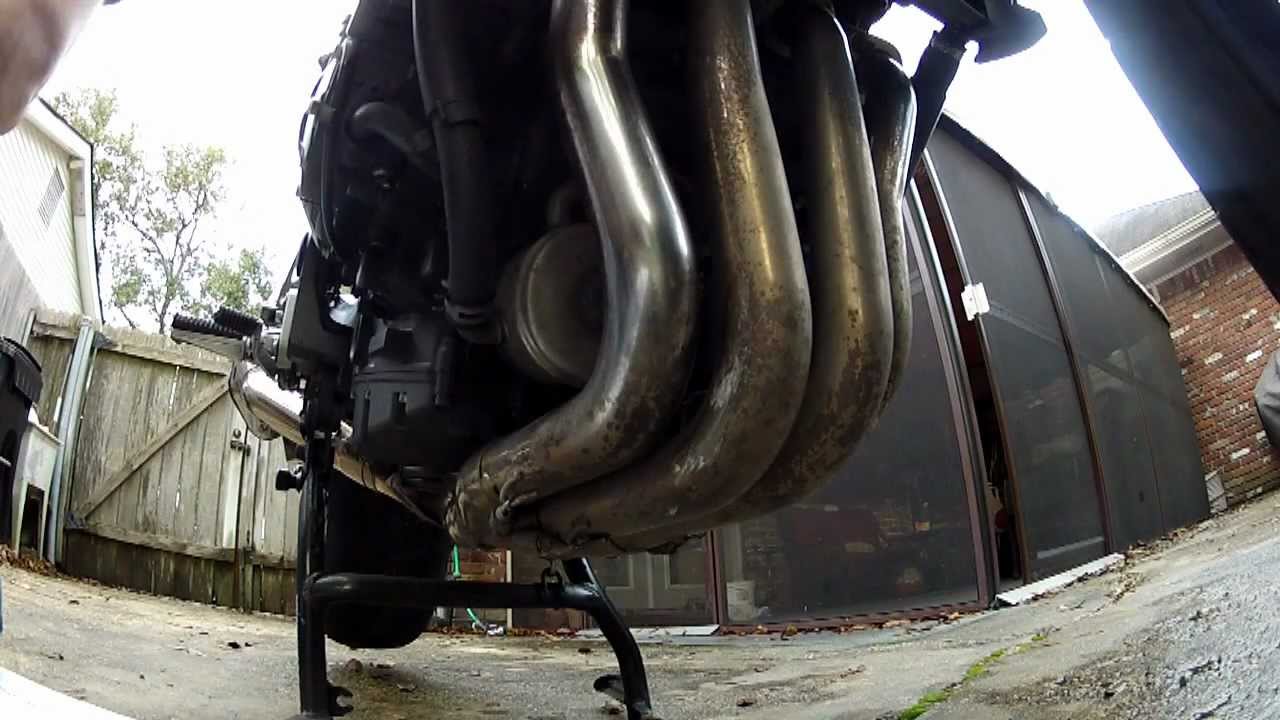
7: Fuel and Exhaust – 1% failure rate
Again, this is something that’s harder to check on a car than a bike. Make sure your exhaust isn’t hanging off or blowing, and that there’s a legal end can on there, and you should be fine on that front. It’s a similarly simple test when it comes to the fuel system; if petrol is pouring out or there are fuel hoses chafing against moving parts, get it sorted before taking the test. Actually, get it sorted even if your MOT isn’t due…
Top ten ways to fail your MoT - page three
6: Registration plates and VIN – 1.1% failure rate
Yes, lots of us take a few liberties when it comes to licence plates. But if you get failed for having a postage stamp of a numberplate, with italic lettering and a ‘witty’ slogan along the bottom (pro tip; nobody else thinks that’s funny…) you’ve brought it on yourself. And if there’s a problem with your bike’s VIN, you’ve probably got more to worry about than just an MOT fail.

5: Drive System – 1.4% failure rate
Again, bikes have a pretty exposed drive system so it’s not hard to see if there’s a problem here. Make sure your chain doesn’t look like it went down with the Titanic and that it’s not looser than the Slimmer of the Year’s waistband. Cush drive rubbers aren’t quite so easy to see, but again any serious wear should be pretty obvious. Clearly most riders don’t fall foul of this section of the test, with just 1.4% failing here.
Top ten ways to fail your MoT - page four
4: Tyres and Wheels – 3.3% failure rate
Here’s another obvious one. The vast majority of fails here are going to be down to illegally worn tyres or ones with cuts or bulges. None of that is worth taking a risk on. Checking your tyres is about as easy as it comes, and you really shouldn’t be leaving it for an MOT inspector to pick up and problems here.

3: Steering and Suspension – 3.9% failure rate
We’ve all been there, the leaking fork seal that we keep meaning to get around to sorting, or the soggy rear shock that’s well past its prime but gets pushed to the bottom of the to-do list. The fact that just 3.9% of bikes fail their MOTs here is actually quite impressive. Still, do make sure that this stuff all works – it’s quite important, really…
Top ten ways to fail your MoT - page five
2: Brakes – 4.8% failure rate
Speaking of ‘important’ none of us wants to ride a bike with dodgy brakes. Make sure that pads and discs (or shoes and liners) aren’t worn too much and that the hydraulics aren’t leaking or looking like they’re about to start. Again, it’s not worth scrimping when it comes to maintaining your brakes.
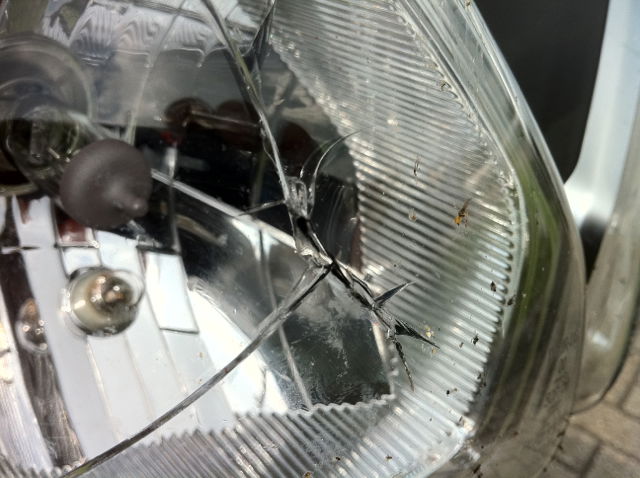
1: Lighting and Signalling – 9.8% failure rate
It’s a bit embarrassing, really. The single biggest reason for failing an MOT isn’t some complex technicality that none of us could be expected to spot. No, it’s lighting. You’re far more likely to fail because you didn’t check that none of your bulbs had blown than any other reason. It takes seconds – headlights, sidelights, indicators, taillight. And don’t forget the brake light and the numberplate light, while you’re at it. Headlight alignment isn’t exactly rocket science, either. If we all sorted this out, bike MOT failures in total would be virtually halved…
